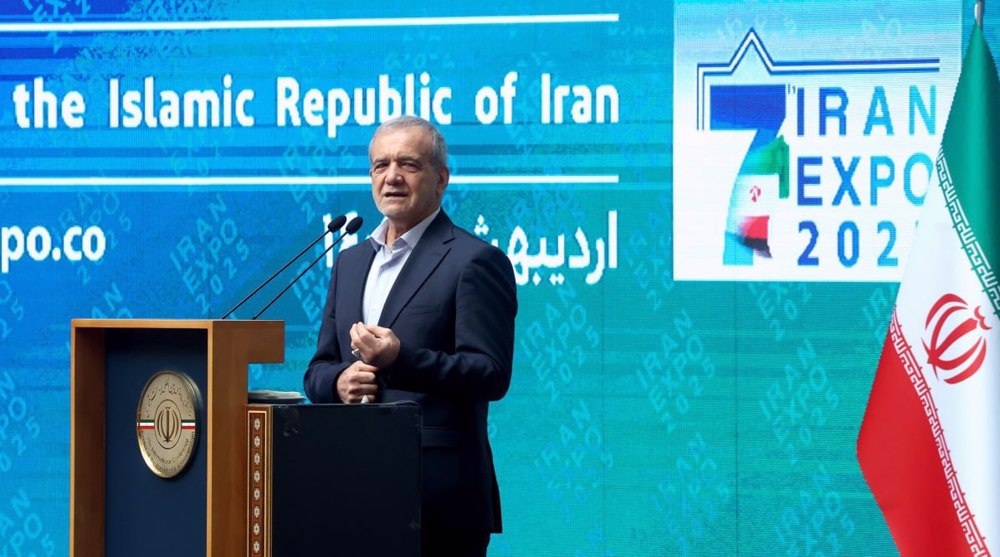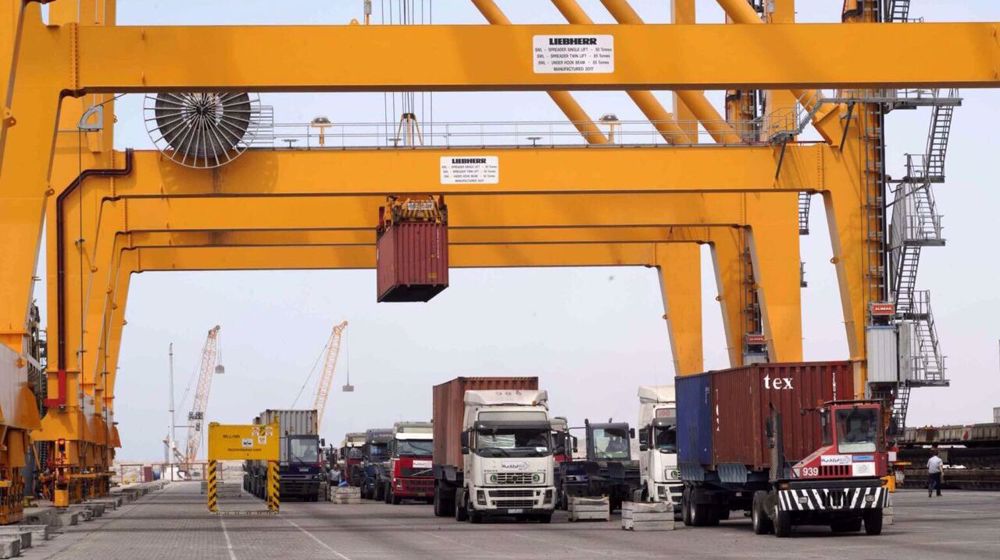Saudi Iran plot: More of a self-harm
Saudi Arabia is reportedly pressuring allies in the Persian Gulf to cut trade links with Iran but many observers believe the effort is unlikely to have an impact on the overall business environment
The kingdom was a staunch opponent of a nuclear deal with Iran but having failed to scuttle it, the Saudis are resorting to new underhanded methods to disrupt Tehran's business activities.
For a start, Saudi Arabia and Bahrain have reportedly banned Iranian-flagged vessels from entering their waters and imposed other shipping restrictions.
However, latest figures show Iran's oil exports are set to climb nearly 60 percent from a year ago in May, indicating that Tehran is regaining market share at a faster pace than analysts had projected.
Iran's April loadings at 2.3 million barrels per day (bpd) were around 15 percent higher than the International Energy Agency estimated earlier this month, according to Reuters.
The Saudis reportedly plan to boost production in the coming months in order to undercut Iran after torpedoing an agreement for an oil production freeze last month.
Iran, however, has most of its traditional customers on board. The country’s sales to Europe are rising fast, while loadings to Asia have already surged to levels not seen since 2012.
Moreover, the Persian Gulf Arab states are more than reluctant to join Saudi Arabia’s patchwork coalition of disengagement with Iran because of what they have at stake.
Among the kingdom’s key allies, the United Arab Emirates has strong trade and business links with Iran. In 2015, the bulk of Iran’s imports from the Persian Gulf Cooperation Council (GCC), which amounted to $37 billion, were exports from the UAE.
Persian Gulf economies - already facing serious fiscal strains from sharp decline in oil prices - look to benefit from the expected increase in trade with Iran in order to fix their finances.
Even ahead of the nuclear deal, Iran’s economy had been on a strong recovery path. On Saturday, President Hassan Rouhani said the country's economy is set to grow in excess of five percent this year.
Iran has a population of over 80 million, with massive opportunities as the world’s last untapped major frontier market. The labor force is relatively well-educated, and Iran’s economy is more diversified than other oil exporters in the region.
According to Shashank Joshi, a senior research fellow at the Royal United Services Institute in London, Iran is already integrated into the Persian Gulf economic systems, adding he didn’t think “anything Saudi Arabia can do can seriously disentangle that.”
Moreover, the fallout from the Saudi political brinksmanship with Iran has rather hit regional businesses.
For instance, airlines in the Persian Gulf Arab countries have taken a serious hit from Saudi Arabia’s severing of diplomatic relations with Iran, losing millions of dollars in revenue so far.
Some analysts say Saudi Arabia’s measures are more a case of cutting off the nose to spite the face.
About 150 direct flights between Iran and Saudi Arabia, carrying thousands of pilgrims, have been halted. Official Saudi air traffic figures show that Saudi Arabia's state-funded carrier Saudia flew 350,000 Iranian pilgrims in 2015.
Meanwhile, markets across Persian Gulf Arab states have tumbled in the wake of the Saudi tensions with Iran, compounding their troubles from the oil slump.
Economists say the additional squeeze on revenue from the Iran backlash could push most of the Persian Gulf airlines to tap debt markets or seek foreign investment.
Quoted by Bloomberg, Joshi said the Saudis can’t do much to block Iran at the global level, but they’re “applying pressure on Iran wherever they are able to do so, to limit its political and economic influence.”

Pezeshkian: Iran welcomes foreign investors, international traders

Iran restores operations at its largest container port after explosion

Pezeshkian’s visit to Baku heralds new order in South Caucasus
VIDEO | Press TV's news headlines
VIDEO | Laughter under rubble: Palestinians turn displacement into defiance
Iran ‘fully ready’ to help Zimbabwe in its fight against terrorism: Defense minister
Yemen strikes US aircraft carrier, Israeli target in reprisal for deadly attacks
Tel Aviv flights permanently suspended: Virgin Atlantic
Pakistan says India military incursion ‘imminent’ as crisis deepens over Kashmir attack
US ‘brutality’ won't cover up its military failure in Yemen: Ansarullah spox
Israel using Gaza aid as ‘weapon of war’: Palestinian envoy to ICJ







 This makes it easy to access the Press TV website
This makes it easy to access the Press TV website